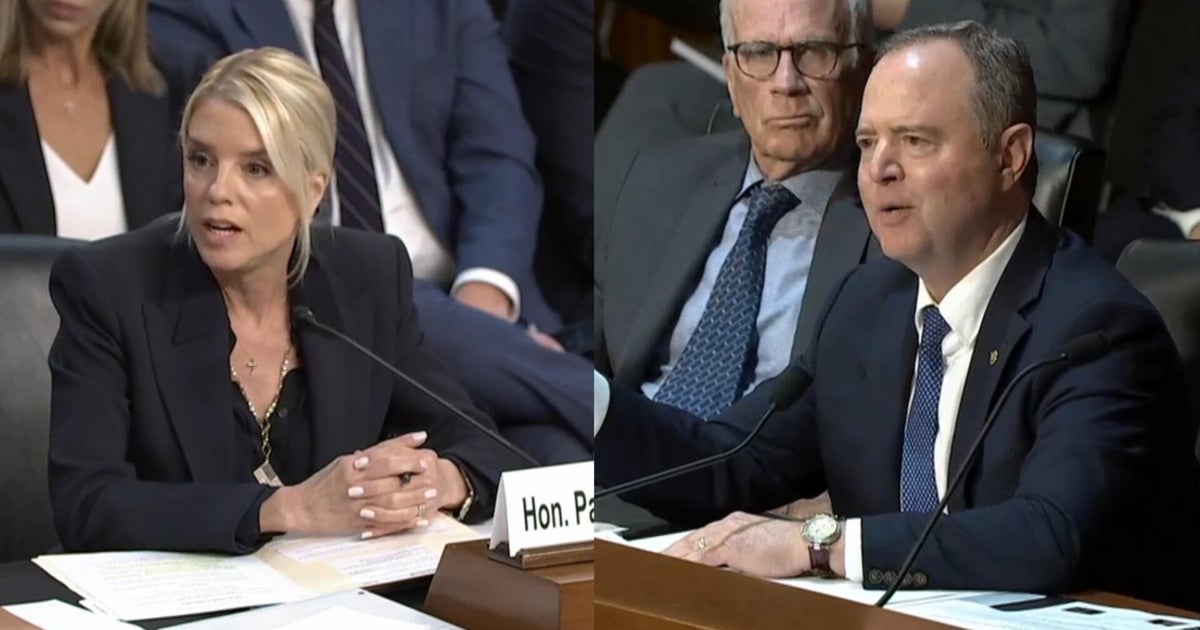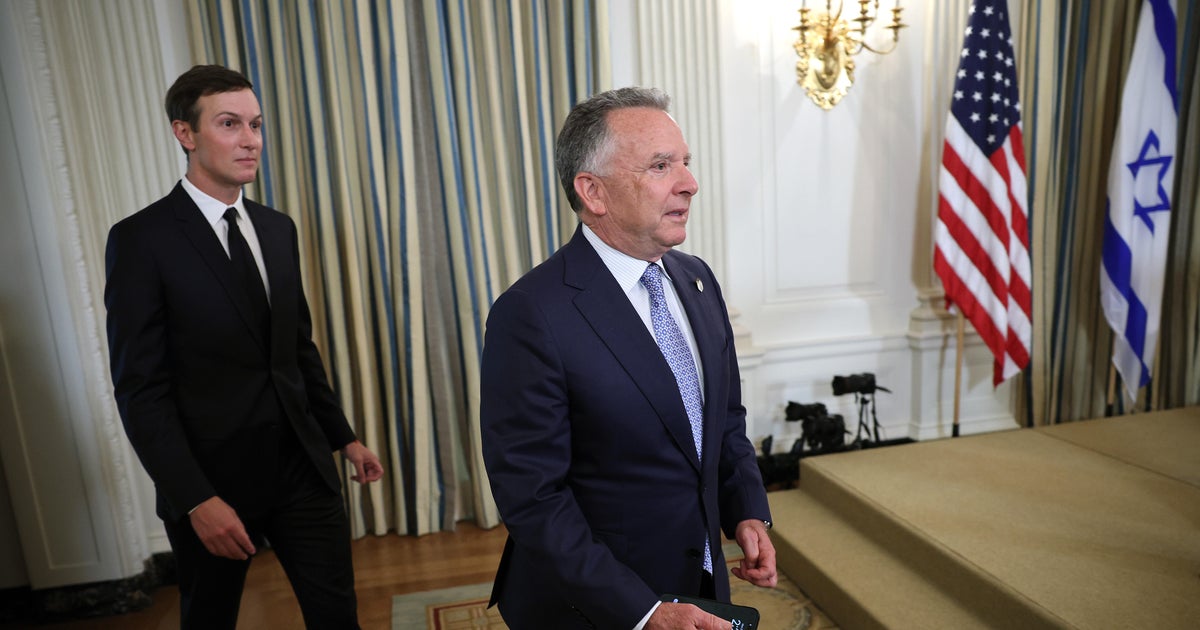By Erik Wasson
Updated October 1, 2025 — 2.27pm
The US government has shutdown over a funding crisis – but what does it actually mean, and what could happen next?
Federal government shutdowns are a quirk of the US political system, in which the different branches of government have to formally agree on how much to spend and on what before it becomes law.

Demonstrators rally against the 35-day US government shutdown in 2019. Credit: Bloomberg
In most countries, when politicians can’t agree on the budget, it often turns into a vote of confidence in the government itself. But because the US has equal and often divided branches of government, that doesn’t happen.
What does the federal government do?
Like Australia, the US federal government provides a wide range of essential services, including national defence, social security and healthcare, veterans’ affairs, infrastructure development of highways and public buildings, and support for education and research.
Loading
It also manages federal lands, maintains national parks, issues patents and copyrights, regulates interstate commerce, and manages currency.
What does a shutdown mean?
It means many, though not all, federal government functions are suspended, and many, though not all, federal employees are furloughed.
During the 35-day partial shutdown in Trump’s first term, roughly 340,000 of the 800,000 federal workers at affected agencies were furloughed. The remainder were “excepted” and required to work.
These workers continue to deliver services that the government deems essential, such as policing and law enforcement, and others related to public safety. These essential employees work without pay until the shutdown ends.
In 2019, Congress passed a law guaranteeing that any furloughed federal workers would receive backpay once the government is funded again.
Phillip Swagel, director of the Congressional Budget Office, said a short shutdown doesn’t have a huge impact on the economy, especially since federal workers, by law, are paid retroactively.
But “if a shutdown continues, then that can give rise to uncertainties about what is the role of government in our society, and what’s the financial impact on all the programs that the government funds.”
What government services cease in a shutdown?
The most noticeable disruptions are the closures of national park facilities and the Smithsonian museums in Washington, as well as delays in processing passport and visa applications.
Oversight of financial swap markets and investigations of workplace civil rights complaints are expected to stop. Economic reports from the labour and commerce departments may be delayed, depending on the duration of the shutdown. The treasury department has said most core tax functions will be paused in the event of a shutdown, meaning that taxpayer phone calls will go unanswered and refunds will not be processed for returns that weren’t filed online.
Loading
Each federal agency develops its own contingency plan for shutdowns. The plans outline which agency workers would stay on the job during a government shutdown and which would be furloughed.
In a provocative move, the White House’s Office of Management and Budget (OMB) has threatened the mass firing of federal workers in the event of a shutdown. An OMB memo said those programs that did not get funding through Trump’s mega-bill would bear the brunt of a shutdown.
Which government functions would be unaffected?
Military operations, air traffic control, veterans’ medical care and federal criminal investigations are among the essential activities that go on. US military personnel would work, but without pay. In the 2019 shutdown, air traffic controllers threatened to walk out after a month of working without pay – a development that hastened the end of the shutdown.
The US Postal Service and the Federal Reserve have their own funding streams, so they are largely unaffected.
What happens to government payments?
Entitlement programs such as social security and Medicare are considered mandatory spending, meaning they don’t need annual appropriations to continue distributing money. That doesn’t mean such programs are guaranteed to be unaffected. During a 1996 shutdown, even as social security cheques continued to go out, “staff who handled new enrolments and other services, such as changing addresses or handling requests for new social security cards, were initially furloughed”, according to the Committee for a Responsible Federal Budget.
Why is this happening now?
The US federal government is funded by 12 “appropriations bills” passed each year by Congress and signed by the president. In fiscal years like the one about to begin, when all 12 bills aren’t adopted by the October 1 start of the fiscal year – the current count is zero, for those keeping score – Congress and the president keep the machinery of government humming by passing short-term extensions of current funding, known formally as continuing resolutions (CR).
Loading
If they can’t agree on a CR, the government has what’s called a funding gap, and federal agencies may need to take steps to shut down. For fiscal year 2025, Congress has passed three such temporary funding patches, with the final one coming in March.
Now, with the October 1 deadline looming, Congress faces another stand-off over government funding.
The Republican-led House passed a stopgap bill that would extend funding through November 21, but to pass in the Senate, the bill needs the support of at least eight Democrats.
Democratic leaders are insisting on the inclusion of healthcare provisions absent from the Republican-led bill: an extension of premium Affordable Care Act (ACA) subsidies – which are set to expire at the end of the year – and a reversal of cuts to Medicaid funding that were enacted earlier this year. They also want new restrictions on President Donald Trump’s ability to refuse to spend money appropriated by Congress.
Congressional leaders showed no signs of progress towards a deal on a short-term spending bill during a meeting with Trump on September 29. Trump has signalled he is unwilling to grant Democrats concessions and has threatened to permanently fire federal workers en masse if the government shuts down.
How many times has this happened?
There have been 14 shutdowns since 1981, ranging in duration from a single day to the 35-day shutdown in 2018-2019. (Before 1981, agencies operated mostly as normal during funding gaps, their expenses covered retroactively once a deal was reached.)
Shutdowns over spending disagreements are different (and less grave) than what would happen if the US breached its debt ceiling and defaulted on some of its obligations. That’s never happened, though the US came close in 2023.
Bloomberg, AP
Get a note directly from our foreign correspondents on what’s making headlines around the world. Sign up for our weekly What in the World newsletter.
Most Viewed in World
Loading


















































